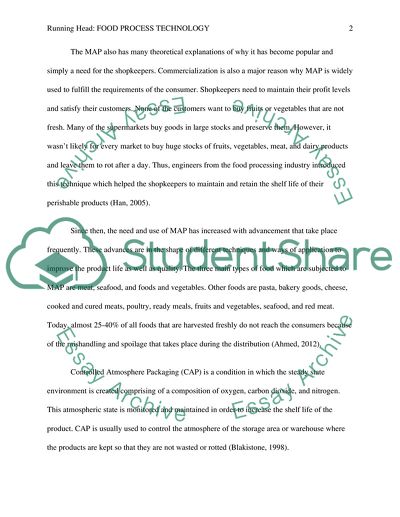Cite this document
(Food Process Technology Research Paper Example | Topics and Well Written Essays - 2750 words, n.d.)
Food Process Technology Research Paper Example | Topics and Well Written Essays - 2750 words. Retrieved from https://studentshare.org/technology/1644602-food-process-technology
Food Process Technology Research Paper Example | Topics and Well Written Essays - 2750 words. Retrieved from https://studentshare.org/technology/1644602-food-process-technology
(Food Process Technology Research Paper Example | Topics and Well Written Essays - 2750 Words)
Food Process Technology Research Paper Example | Topics and Well Written Essays - 2750 Words. https://studentshare.org/technology/1644602-food-process-technology.
Food Process Technology Research Paper Example | Topics and Well Written Essays - 2750 Words. https://studentshare.org/technology/1644602-food-process-technology.
“Food Process Technology Research Paper Example | Topics and Well Written Essays - 2750 Words”, n.d. https://studentshare.org/technology/1644602-food-process-technology.


